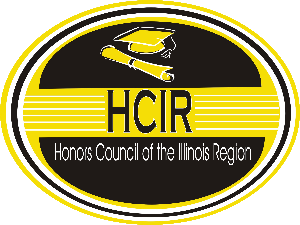Event Title
Using Experience Sampling Method (ESM) to Assess Cognitive and Affective Engagement of Youth Volunteers at a Children’s Museum
Location
SRC 2000
Start Date
28-2-2015 12:30 PM
Description
A large body of research exists analyzing the nature of volunteers’ retention and motivation. In particular, a previous interview study at a local children’s museum reported that youth volunteers exhibit a diverse set of intrinsic and extrinsic motivators. The present study sought to utilize Self-Determination Theory to expand upon this research to examine how youth volunteers at the same children’s museum express cognitive and affective dimensions of their volunteer experiences. This study utilized Experience Sampling Method (ESM) to explore patterns of self-determined behavior. Multiple ESM surveys were collected from 14 youth volunteers to create volunteer profiles. Results demonstrate a predominantly positive volunteering experience, as expressed through high survey ratings on autonomy, competency, and relatedness indicators. Further, an interaction involving incoming expectations and motivations and current museum experiences is apparent when comparing specific volunteer profiles, explaining for contrasting levels of satisfaction between volunteers.
Using Experience Sampling Method (ESM) to Assess Cognitive and Affective Engagement of Youth Volunteers at a Children’s Museum
SRC 2000
A large body of research exists analyzing the nature of volunteers’ retention and motivation. In particular, a previous interview study at a local children’s museum reported that youth volunteers exhibit a diverse set of intrinsic and extrinsic motivators. The present study sought to utilize Self-Determination Theory to expand upon this research to examine how youth volunteers at the same children’s museum express cognitive and affective dimensions of their volunteer experiences. This study utilized Experience Sampling Method (ESM) to explore patterns of self-determined behavior. Multiple ESM surveys were collected from 14 youth volunteers to create volunteer profiles. Results demonstrate a predominantly positive volunteering experience, as expressed through high survey ratings on autonomy, competency, and relatedness indicators. Further, an interaction involving incoming expectations and motivations and current museum experiences is apparent when comparing specific volunteer profiles, explaining for contrasting levels of satisfaction between volunteers.


